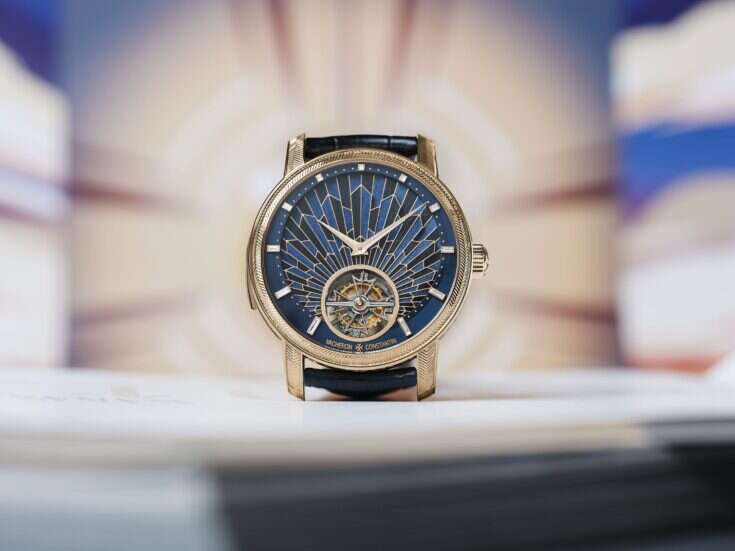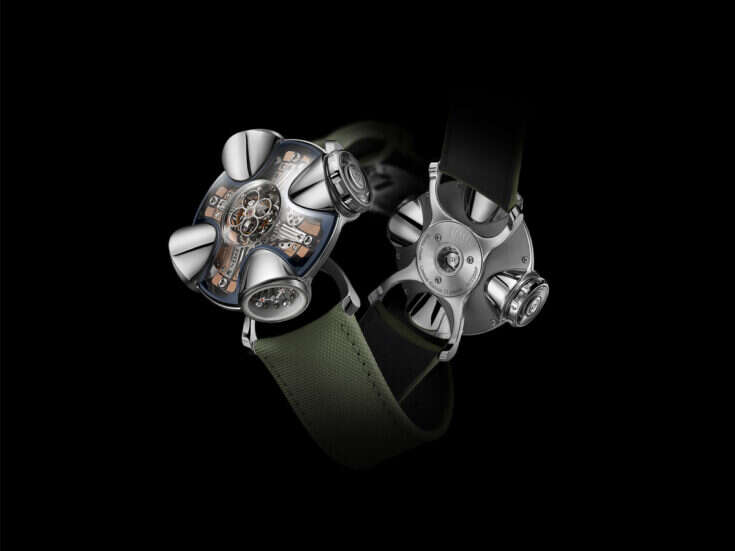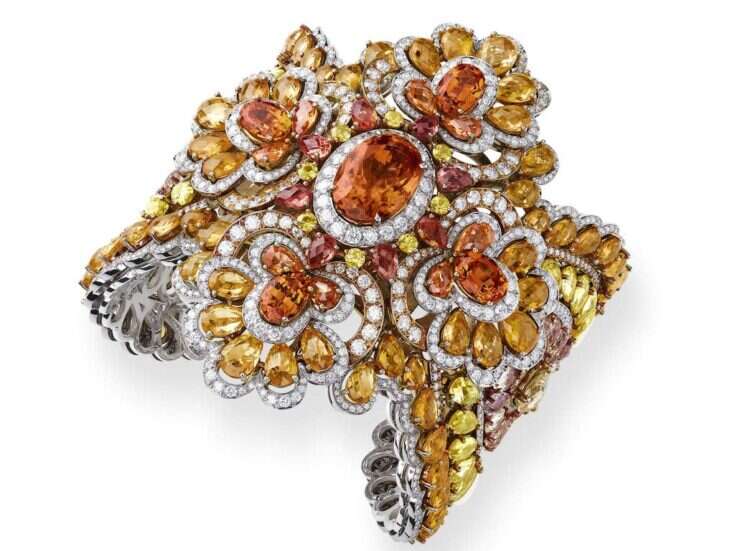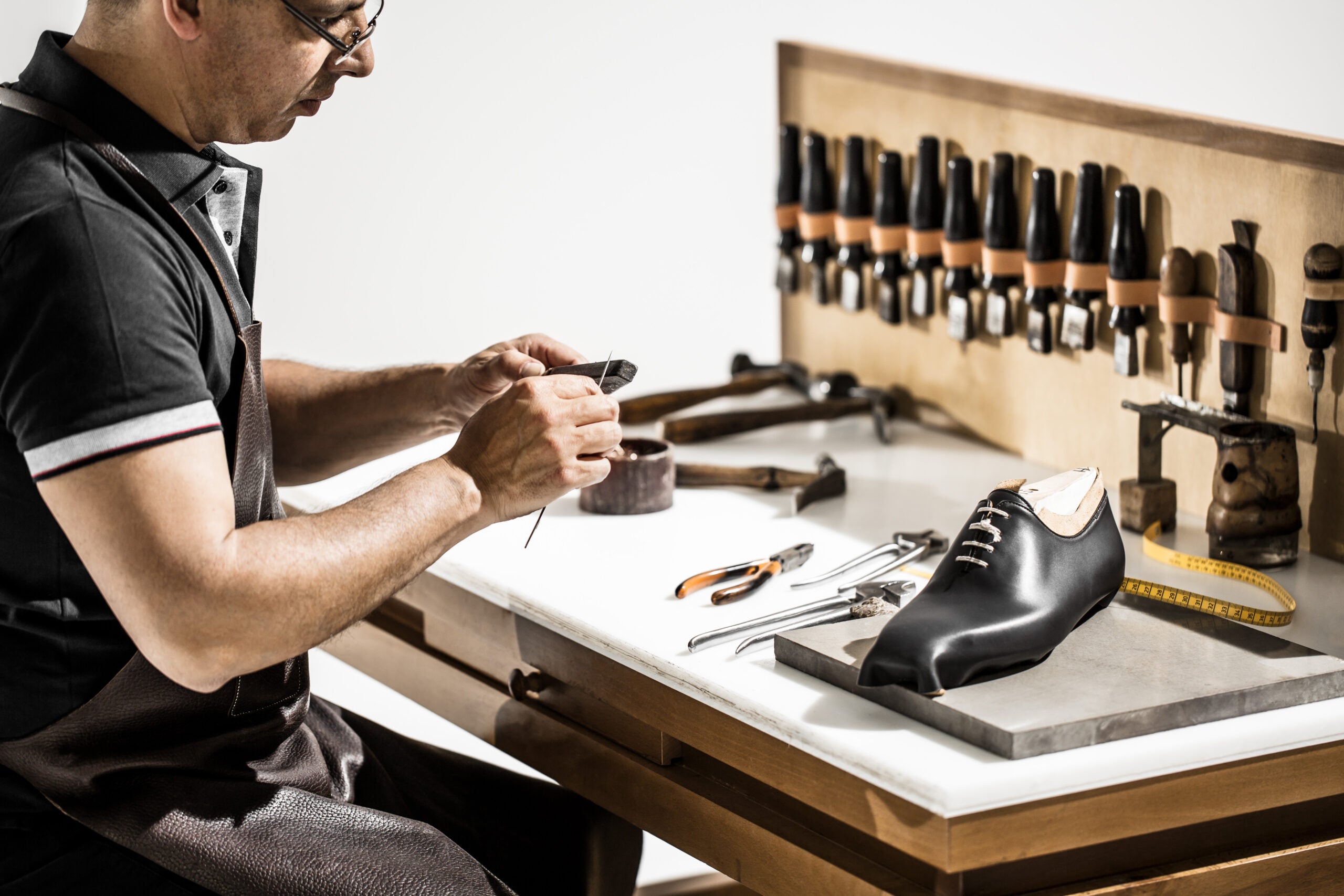
For more than 120 years, the name Berluti has been synonymous with superb bespoke shoes, which are now finished with incredible patinas. Berluti’s pieces are instantly recognizable by their nuanced colors, making them the ultimate sign of quiet luxury. Step inside the firm’s Parisian ateliers to see how its master artisans keep the art of bespoke shoemaking alive.
Bespoke shoes used to be a requirement for every well-dressed gentleman. Today, only a handful of brands create them, and Berluti has a well-deserved reputation as one of the best. Its master craftspeople go through over 250 steps to create just one pair of shoes. Crafting bespoke shoes isn’t only about finding the perfect fit; it’s an opportunity to create a shoe with special details and unique colors, or to use a unique material like shagreen or alligator.
The process begins with an in-person meeting, where a client and a master shoemaker meet to discuss the project, take a dozen measurements of the client’s feet, and discuss the shoe’s style; any part of the design can be customized, perhaps by adding initials, embroidery, a tattoo pattern or a unique patina. Next, a last maker uses these measurements and transforms a piece of hornbeam wood into a last using a specialized knife called a roughing tool, then making the finishing touches with a rasp or sandpaper. The final wooden last represents the client’s exact measurements and weight-bearing points.

Creating the last using a roughing tool
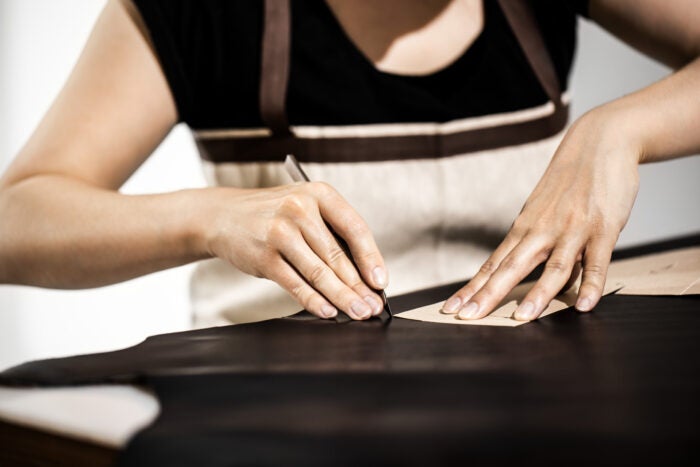
Cutting the leather yokes for the upper
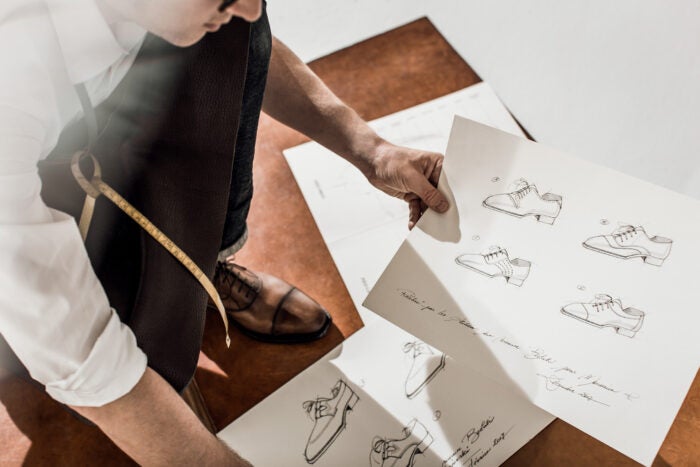
Different shoe designs
A patternmaker then takes the last, which they will use to create the patterns for the top part of a shoe — essentially everything except the sole — which is appropriately called the upper. First, they place adhesive paper onto the last and draw the pieces of the upper onto it, creating a unique shoe model for each client. The pattern is transferred from the paper to cardboard, then given to a cutter who will cut pieces of leather called yokes using a skiving knife.
A craftsman sews the yokes together to create a prototype shoe to be used in the first fitting with the client. During the fitting, the master shoemaker will write adjustments directly onto the prototype, ensuring a perfect fit. The prototype returns to the atelier, and the upper is made in the final material.
Once the upper is completed, the sole is made; the Alessandro model uses Goodyear welt construction, a specific technique that makes the shoes more durable and re-soling easier. The shoemaker creates the insole on the last, attaches the welt, sets the stays and stiffeners into the heel, and assembles the upper before attaching the sole and heel. The shoes are then hand-finished and the edges of the soles and heels are hand-painted. They dry for 10 days before they are ready for the final step: the patina.
Berluti’s patinas are rich and nuanced, and each one is unique. The house’s method was invented in the 1980s by Olga Berluti; it uses different techniques to color and bleach the leather to achieve the special burnished finish that is so recognizable.
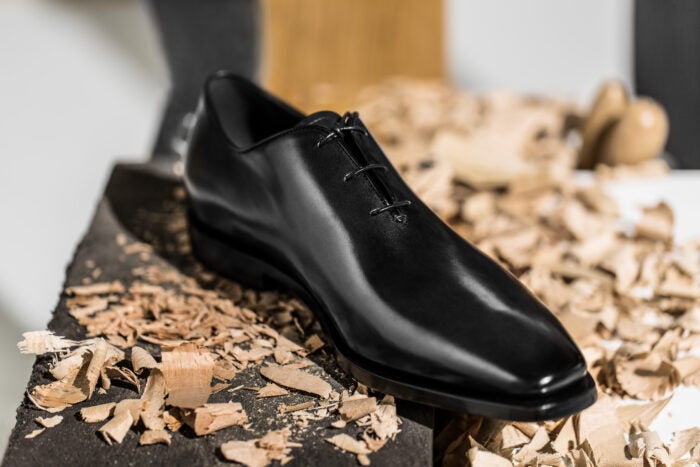
The finished product
The tanning used in the Venezia leather makes it perfectly suited for the patina application. A leather colorist uses dyes and essential oils to achieve the right colors, which are hand-applied with brushes, cloths and sponges. First the leather is lightened, then it is massaged for a full day with colored essential oils before being colored. The range of possible colors and application techniques is truly endless, so each shoe is unique. Golden brown, cloudy purple, red streaks or ombré green are just a few of the possibilities, and clients can create custom colors.
Bespoke Alessandro shoes, $8,400, Berluti in New York, +1 212 439 6400, berluti.com
